Cooperatives change the way they think and work
According to the Provincial Cooperative Union, it is estimated that by the end of 2025, the whole province will have 242 cooperatives, of which the agricultural sector accounts for the majority with 180 cooperatives, of which 155 cooperatives are operating and 25 cooperatives have ceased operations with a total operating capital of more than 460 billion VND; attracting 4,822 members and 1,500 employees. The average revenue of a cooperative is estimated to be 500 million VND in 2025. The average profit of a cooperative is about 43 million VND/year. Thereby, it shows that agricultural cooperatives have gradually identified more effective production and business solutions, made good use of opportunities to access investment capital sources, innovated production technology, and initially linked with businesses to form a production and consumption chain according to the value chain.
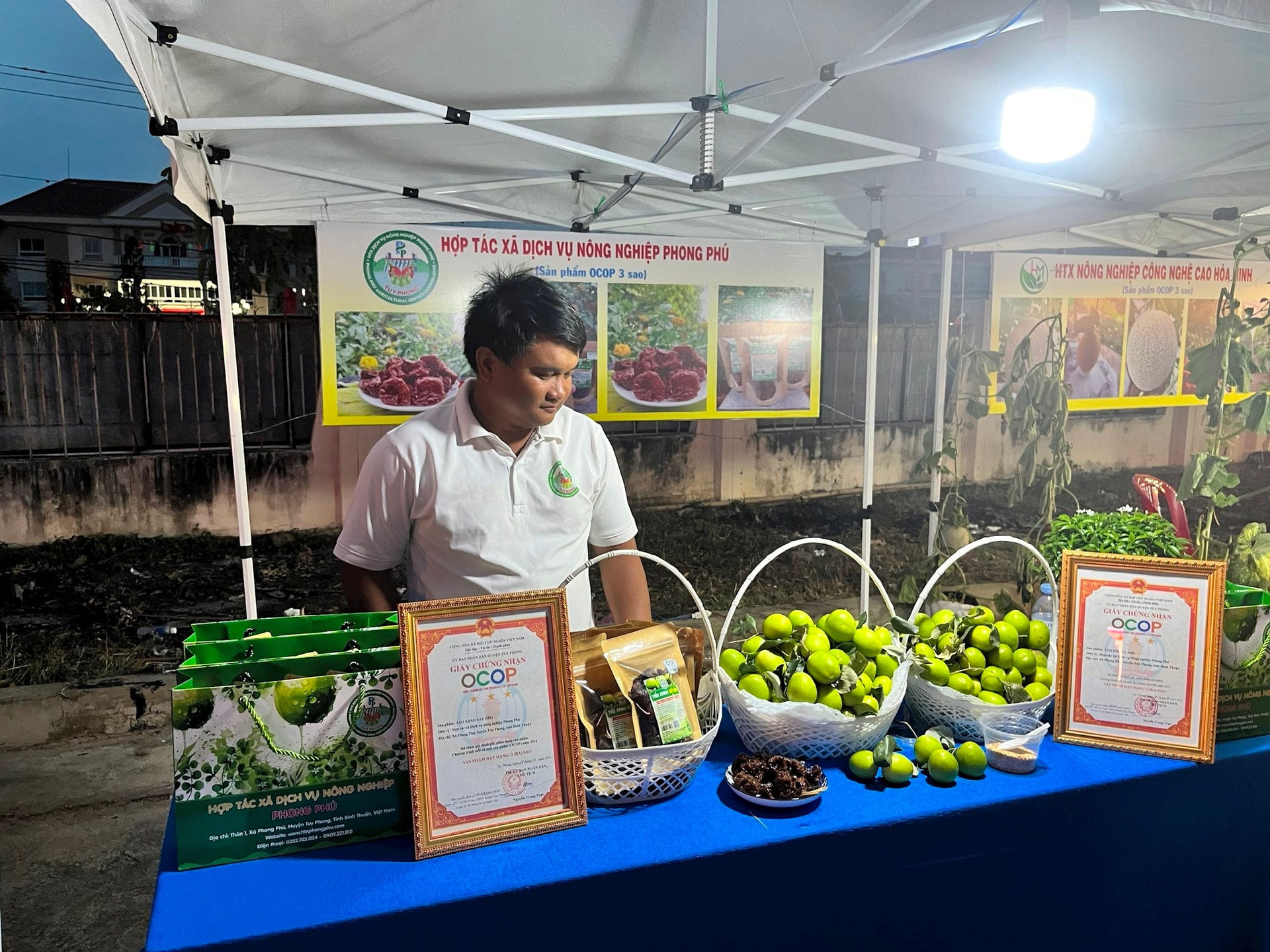
At the same time, cooperatives have focused on innovating management methods, saving costs, stabilizing product prices, enhancing market demand analysis, actively forming joint ventures and partnerships with cooperatives and enterprises inside and outside the province to provide input services and consume output products for people. Mr. Tran Duc Tuan - Director of Sen Nui - Duc Linh General Cooperative said: “Although it was only established at the end of 2022, the cooperative's viewpoint from the beginning was to cultivate along with processing and trading, so Sen Nui products do not stop at one product. Sen Nui Cooperative clearly identifies the desire to bring clean agricultural products, clear origin, high quality. Therefore, the cooperative constantly improves techniques, expands markets, actively participates in many trade promotion conferences, and connects trade inside and outside the province. Thanks to that, the cooperative understands more about each market, consumer needs, helping cooperatives research, improve product quality, improve technology, especially promote the value of local typical products".
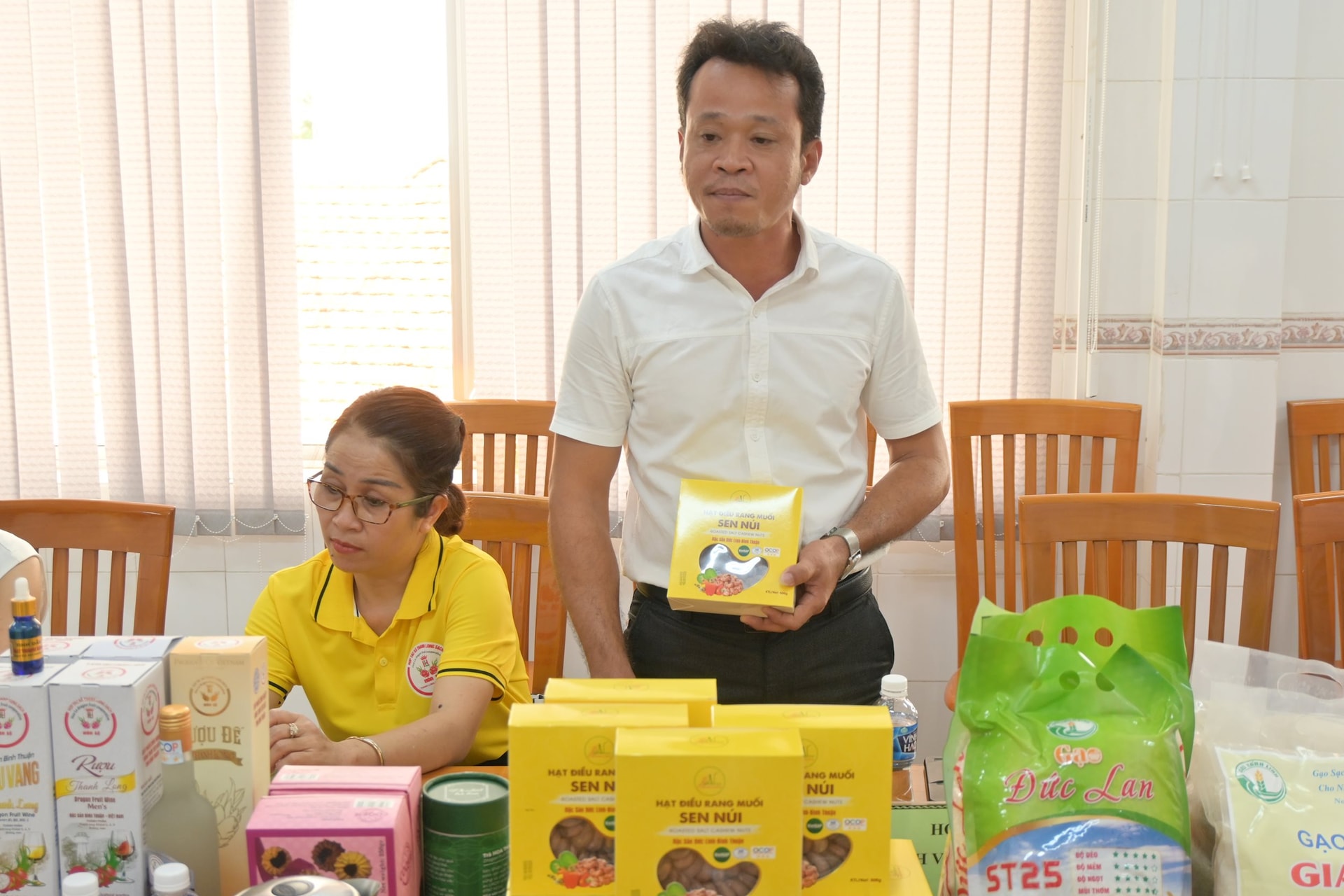
In general, cooperatives in the province have promoted the role of gathering, mobilizing, and changing the way of thinking and working for people in effectively applying scientific and technological advances to improve production and business efficiency. At the same time, to promote local advantageous products, cooperatives have gradually built key OCOP products, suitable to the practical conditions of each locality to increase product value and preserve local resources associated with the National Target Program on New Rural Development and the One Commune One Product Program.

It is estimated that by December 31, 2025, the whole province will have 21 cooperatives and 3 cooperative groups with 33 3-star and 4-star OCOP products, focusing mainly on the province's typical products: dragon fruit, durian, coconut, cashew nuts, rice. Product promotion, market access and digital transformation activities are of greater interest to cooperatives. Thereby, they have made an important contribution to the overall socio -economic development of the locality and the province.
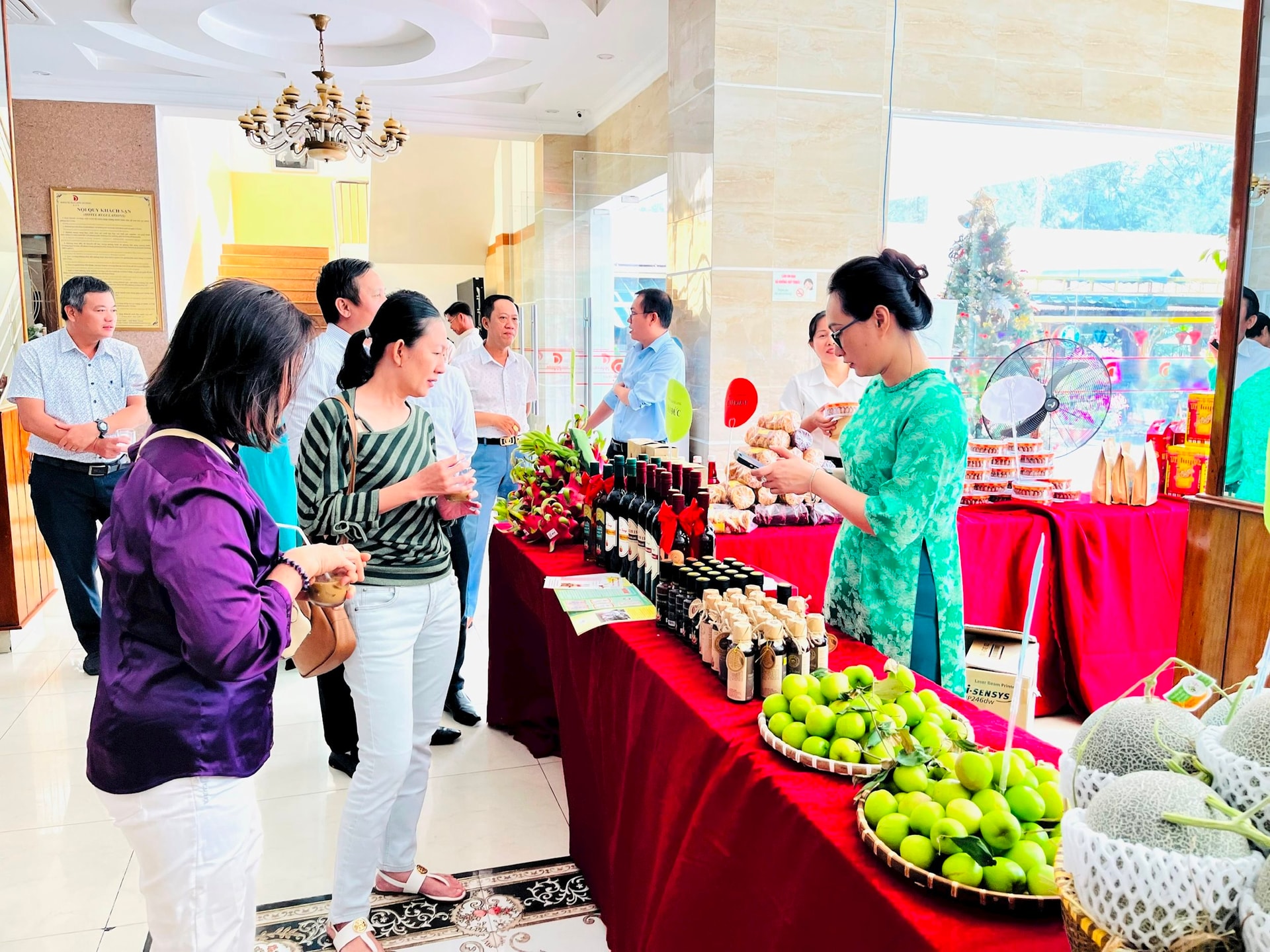
Developing KTTT with many diverse forms
However, it must be recognized that most cooperatives in the agricultural sector focus on production, market connection and product consumption are still weak. Many cooperatives do not have a production and business strategy; lack dynamism and creativity in expanding industries, diversifying products in accordance with market mechanisms, and have not organized production models associated with value chains.

The internal capacity of many cooperatives is still weak, small in scale, and the infrastructure is inadequate. The qualifications of the cooperative staff are still limited; the income of cooperative management staff is still low, so it is not possible to attract qualified professional staff to participate in the management and operation of cooperatives. Not only that, although there are policies to support and encourage the development of agricultural cooperatives, they are very difficult to implement due to overlapping regulations between departments and branches. There are no circulars guiding the implementation of central and local capital sources to support the construction of infrastructure and production equipment for agricultural cooperatives, etc.
With the goal of having about 4,000 cooperatives with 200,000 members and 262 cooperatives with 53,000 members by 2030, the provincial People's Committee has oriented to continue developing collective economy with many diverse forms, with cooperatives as the core. Innovating the methods and organization of cooperative management according to the new cooperative model. Encouraging sustainable development with many forms of association and cooperation; replicating effective cooperative economic models... In addition, building a new cooperative model associated with developing the value chain of key products and goods with competitiveness; improving the quality and efficiency of production and business activities in accordance with local climate and soil conditions; attracting more farmers and households to participate in collective economy and cooperatives. Strive for collective economy to truly be one of the economic sectors that brings benefits to participants, especially farmers, contributing to ensuring social security in the locality. In addition to focusing on economic efficiency, it is necessary to focus on promoting the political, social ethics and national defense and security efficiency of the province; enhancing the contribution of the economic sector to economic growth, political stability, sustainable poverty reduction, etc.
If the above tasks are well implemented, the target by 2030, the average revenue of a cooperative will be 3 billion VND/year, applying high technology to the production and consumption of agricultural products; implementing traceability for agricultural products; having about 50% of agricultural cooperatives linked with enterprises according to the value chain... will soon be achieved.
The total budget to support cooperative development in the 2021-2025 period is more than 21.4 billion VND, of which the local budget accounts for more than 50%.
Source: https://baobinhthuan.com.vn/vai-tro-cua-hop-tac-xa-trong-phat-trien-kinh-te-dia-phuong-130741.html








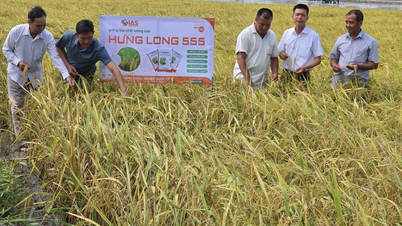





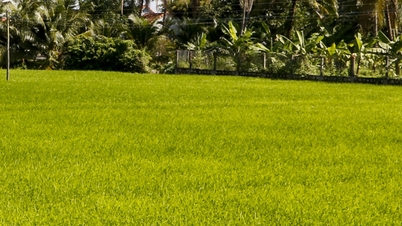

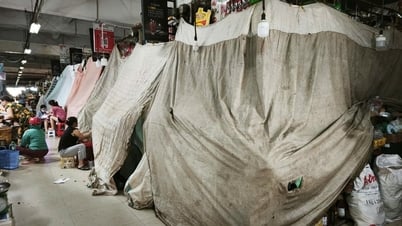












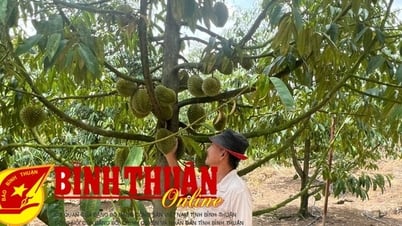

































































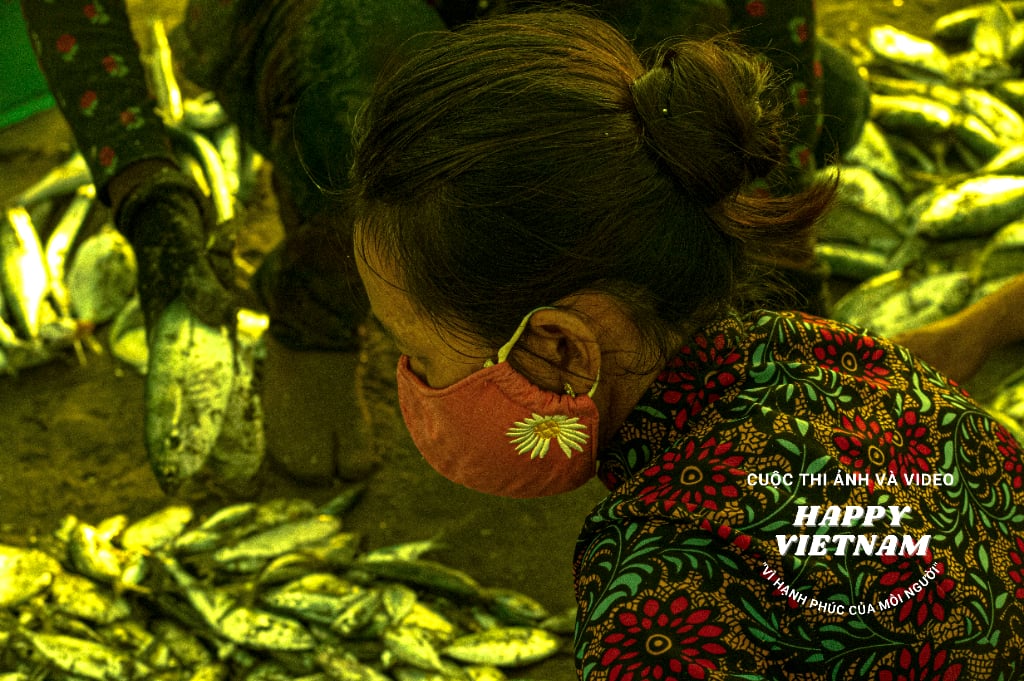


Comment (0)